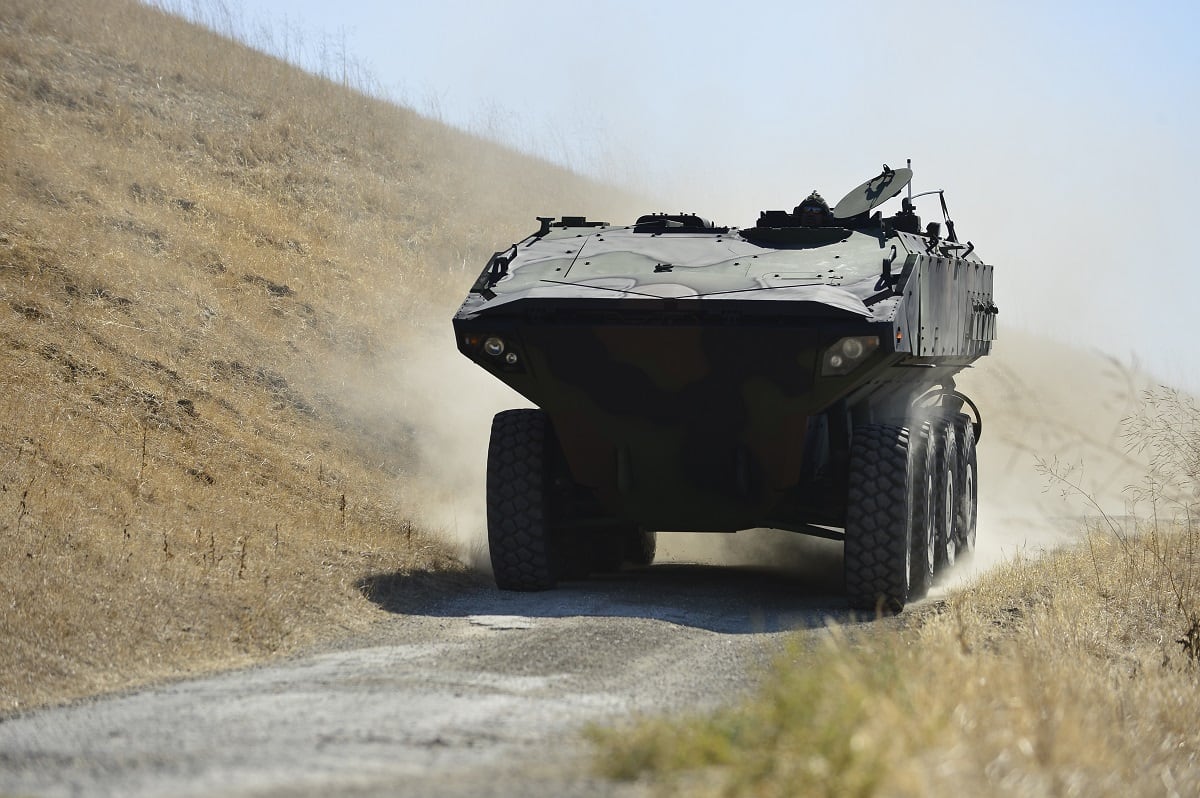WASHINGTON — BAE Systems has won a contract to build the Marine Corps’ new amphibious combat vehicle following a competitive evaluation period where BAE’s vehicle was pitted against an offering from SAIC.
The contract allows for the company to enter into low-rate initial production with 30 vehicles expected to be delivered by fall of 2019, valued at $198 million.
The Marines plan to field 204 of the vehicles. The total value of the contract with all options exercised is expected to amount to about $1.2 billion.
The awarding of the contract gets the Corps “one step closer to delivering this capability to the Marines,” John Garner, Program Executive Officer, Land Systems Marine Corps, said during a media round table held Tuesday.
But the Corps isn’t quite done refining its new ACV. The vehicle is expected to undergo incremental changes with added new requirements and modernization.
The Corps is already working on the requirements for ACV 1.2, which will include a lethality upgrade for the amphibous vehicle.
BAE’s ACV vehicle will eventually replace the Corps’ legacy amphibious vehicle, but through a phased approach. The Assault Amphibious Vehicle is currently undergoing survivability upgrades to keep the Cold War era vehicle ticking into 2035.
BAE Systems and SAIC were both awarded roughly $100 million each in November 2015 to deliver 16 prototypes to the Marine Corps for evaluation in anticipation of a down select to one vendor in 2018.
[BAE, SAIC Named as Finalists in Marines ACV Competition]
All government testing of the prototypes concluded the first week of December 2017 and the Marine Corps issued its request for proposals the first week in January 2018. Operational tests also began concurrently.
Government testing included land reliability testing, survivability and blast testing and water testing — both ship launch and recovery as well as surf transit.
Operational evaluations included seven prototypes each from both SAIC and BAE Systems, six participated and one spare was kept for backup.
BAE Systems’ partnered with Italian company Iveco Defense Vehicles to build its ACV offering.
[BAE Systems completes Amphibious Combat Vehicle shipboard testing]
Some of the features BAE believed were particularly attractive for a new ACV is that it has space for 13 embarked Marines and a crew of three, which keeps the rifle squad together. The engine’s strength is 690 horsepower over the old engine’s 560 horsepower, and it runs extremely quietly. The vehicle has a V-shaped hull to protect against underbody blasts, and the seat structure is completely suspended.
SAIC’s vehicle, which was built in Charleston, South Carolina, offered improved traction through a central tire-inflation system to automatically increase or decrease tire pressure. It also had a V-hull certified during tests at the Nevada Automotive Test Center — where all prototypes were tested by the Marine Corps — and had blast-mitigating seats to protect occupants.
The 3rd Assault Amphibian Battalion, 1st Marine Division out of Camp Pendleton, California, is expected to receive the first ACV 1.1 vehicles.
Marine Corps Times reporter Shawn Snow contributed to this report.
Jen Judson is an award-winning journalist covering land warfare for Defense News. She has also worked for Politico and Inside Defense. She holds a Master of Science degree in journalism from Boston University and a Bachelor of Arts degree from Kenyon College.




